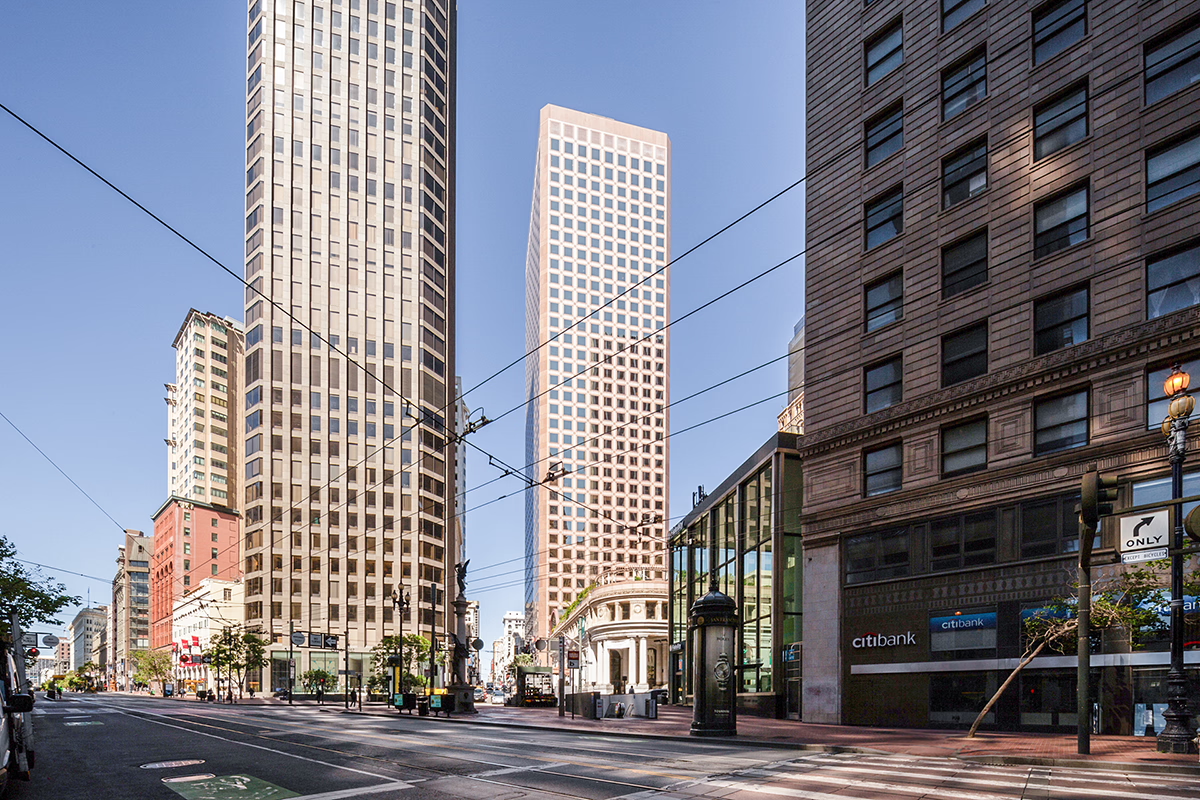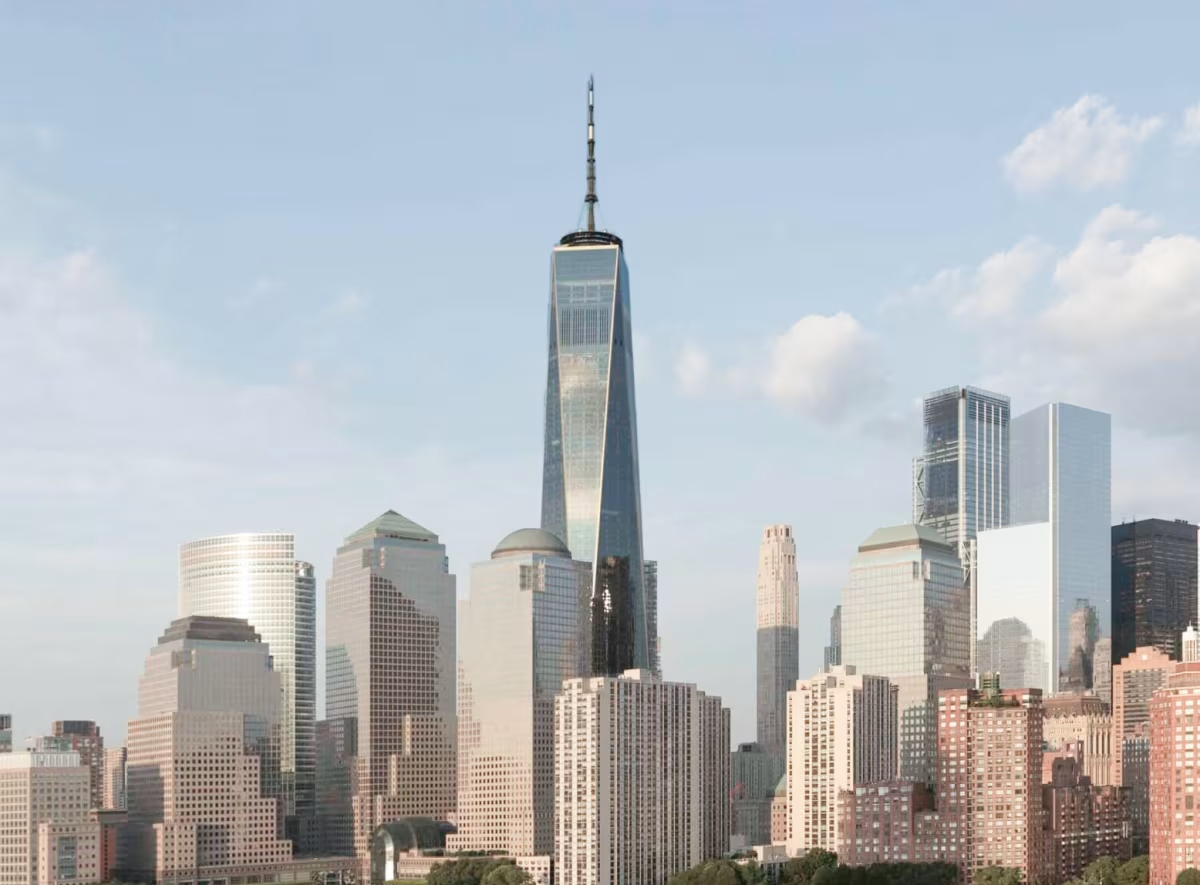One Montgomery Tower vs One World Trade Center


Comparing the One Montgomery Tower and the One World Trade Center is compelling because they were both designed by Skidmore, Owings & Merrill, yet they stand in different cities (San Francisco, CA and New York, NY), and were completed over two decades apart.
What this will allow us to see, is how the same firm's approach adapted to different places in different periods of time.
Height & Size
The One World Trade Center is clearly the larger tower of the two, both in terms of height and number of floors. It rises to 1775ft (541m) with 104 floors above ground, while the One Montgomery Tower reaches 499ft (152m) with 38 floors above ground.
One World Trade Center also offers more total built-up area, a total fo 3,500,000 sqf (325,161m2), which is about 2,498,958 sqf (232,161m2) more than what the One Montgomery Tower offers.
Of course, each project may have faced different briefs or regulatory constraints, which we don't really know about and could also explain the outcome.
Architectural Style
The One Montgomery Tower was designed in the Postmodernism style, while the One World Trade Center reflects the principles of Contemporary.
At the time of their completion, both styles were well established. This makes the comparison especially interesting, because both buildings represent a dominant aesthetic at a particular point in time.Built 32 years apart (1982 vs 2014), these two buildings are a perfect example of how different architectural styles have shaped the architectural landscape of our cities over time.
Uses
Both the One Montgomery Tower and the One World Trade Center were designed to serve as commercial towers, and that has remained their main use since their completion, serving similar roles in the urban fabric.
Structure & Facade
These two towers illustrate the many possible ways to combine structure and enclosure in skyscraper design.
| One Montgomery Tower | One World Trade Center | |
|---|---|---|
| Skidmore, Owings & Merrill | Architect | Skidmore, Owings & Merrill |
| 1982 | Year Completed | 2014 |
| Postmodernism | Architectural Style | Contemporary |
| Commercial | Current Use | Commercial |
| 38 | Floors Above Ground | 104 |
| 150 | Last Floor Height | 386 |
| 152 m | Height (m) | 541 m |
| 93000 | Built-up Area (m²) | 325161 |
| 21 | Number of Elevators | 73 |
| Frame | Structure Type | Framed Tube In Tube |
| Steel | Vertical Structure Material | Steel |
| Concrete | Horizontal Structure Material | Poured Concrete Over Metal Decking |
| No | Facade Structural? | No |
| Granite | Main Facade Material | Glass, Steel |
| CA | State | NY |
| San Francisco | City | New York |
| 120 Kearny Street | Address | 285 Fulton Street |